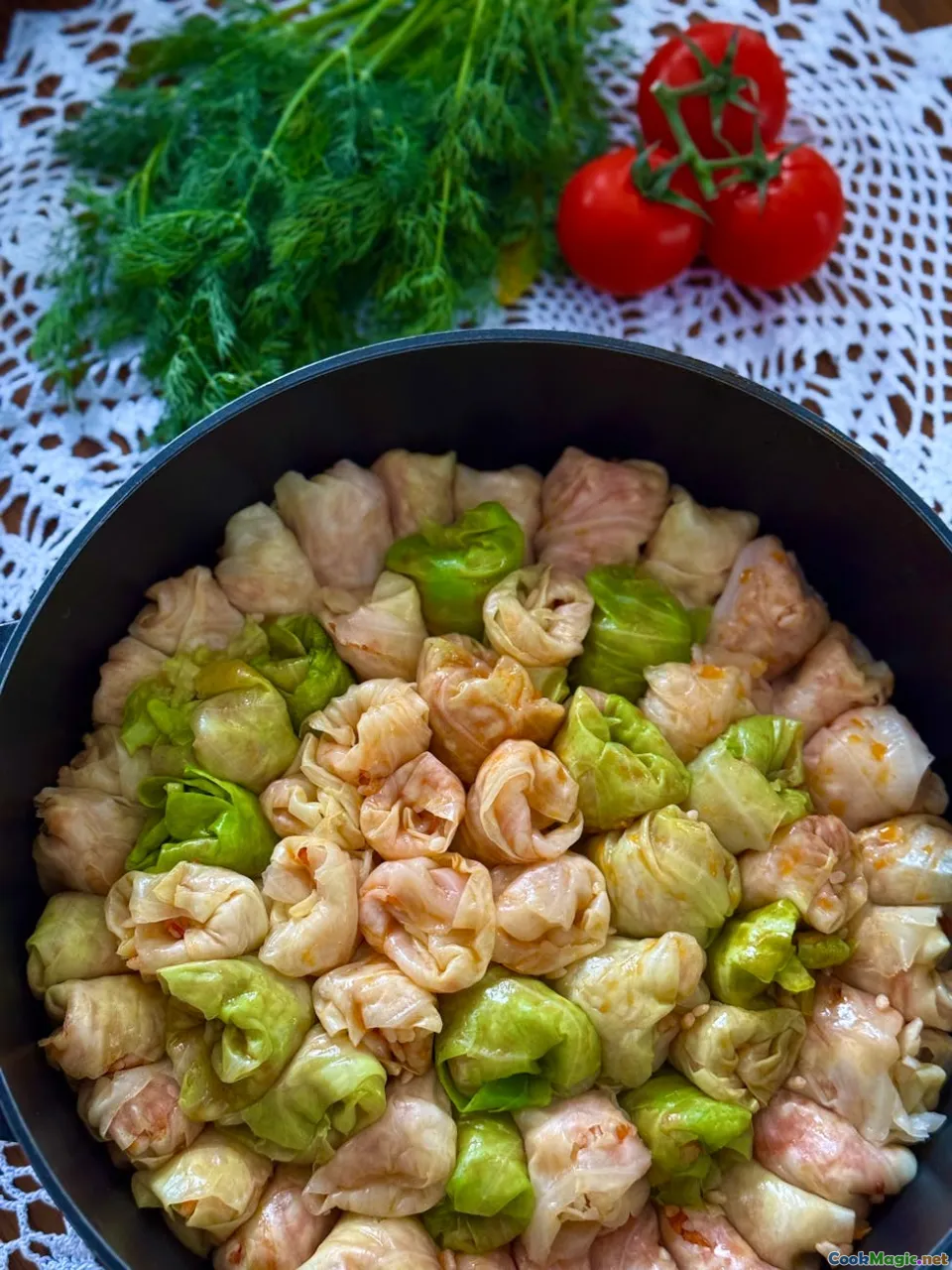History of Sarma in Macedonian Cooking
7 min read Discover the rich history and cultural significance of Sarma in Macedonian cooking, from ancient roots to modern festive tables. May 15, 2025 12:00
The History of Sarma in Macedonian Cooking
Imagine a cold winter evening in a small Macedonian village, the aroma of slow-cooked, tender leaves filled with seasoned meat wafting through the air, inviting warmth and comfort. This scene captures the essence of Sarma—a dish that is more than just food in Macedonia; it is a symbol of tradition, family, and cultural resilience.
An Ancient Tradition Rooted in Balkan History
Sarma, a dish of seasoned filling wrapped in cabbage or grape leaves, boasts a history that stretches back centuries across the Balkan Peninsula. Its origins are often traced to the Ottoman Empire, where similar stuffed vegetable dishes appeared as part of a vast culinary tapestry that spanned from Anatolia to Eastern Europe.
In Macedonia, Sarma's roots are intertwined with the region’s agricultural lifestyle, where cabbage, peppers, and grapevines thrived in fertile valleys and mountain slopes. Over time, local communities adapted the dish, infusing it with their unique flavors, spices, and techniques.
The Evolution of Sarma in Macedonian Culture
From Noble Tables to Village Homes
Initially, Sarma was a dish reserved for special occasions—weddings, religious festivals, and winter gatherings—owing to the labor-intensive process of preparing and preserving the ingredients. As Macedonia’s rural communities transitioned into more settled lifestyles, Sarma became a staple on everyday tables, embodying the values of hospitality and familial love.
The Role of Preservation and Family Traditions
One of the most fascinating aspects of Macedonian Sarma is its preservation technique. Traditionally, families would prepare large batches in autumn, rolling the leaves meticulously, filling each with seasoned minced meat—often a mix of pork and beef—mixed with rice, herbs, and spices like pepper, paprika, and sometimes a hint of cumin or mint.
The rolled parcels were then layered tightly in large pots, topped with a few cabbage leaves or a layer of sauerkraut, and simmered slowly for hours. This process not only created a flavorful, tender dish but also allowed families to preserve their harvests for the winter months. The aroma of simmering Sarma would fill the house, fostering a sense of warmth and togetherness.
Regional Variations and Personal Touches
Different regions in Macedonia have their own twists. In some areas, adding smoked meat or adding a splash of tomato sauce during cooking enhances the flavor profile. Others prefer a more herbaceous approach, incorporating dill or parsley. These variations reflect local tastes and available ingredients, making each grandmother’s Sarma a unique masterpiece.
Sensory Experience: A Feast for the Senses
Imagine the visual appeal: tightly rolled cabbage leaves, glossy from the cooking liquid, nestled in a deep dish or pot. The aroma is a complex symphony—earthy cabbage, savory meat, fragrant herbs, and hints of smoky or spicy undertones.
The first bite offers a tender, flavorful explosion—juicy meat complemented by the slight bitterness of cabbage, balanced with aromatic herbs and a touch of acidity from the preserved vegetables. The texture is a harmonious blend of soft, succulent filling wrapped in a delicate leaf, with a satisfying, hearty finish.
Sarma’s Place in Macedonian Celebrations and Daily Life
Sarma is more than just a dish; it is a cultural artifact. During Christmas and New Year’s celebrations, families gather around tables adorned with steaming Sarma, signifying unity and continuity. It is also a common feature in wedding feasts, where the dish’s labor-intensive preparation symbolizes the effort and love poured into building a new life.
In everyday life, preparing Sarma is an act of love—an activity passed down from generation to generation. Many Macedonian families have their own secret seasoning blend or a special way of rolling leaves that has been cherished for decades.
Personal Reflections and Modern Takes
Having traveled through Macedonia and shared countless tables laden with Sarma, I’ve come to see it as a living testament to resilience and community. Each family’s version tells a story of history, migration, and adaptation.
Today, chefs and home cooks alike experiment with modern twists—vegetarian fillings, gluten-free modifications, or even vegan versions—yet the essence remains rooted in tradition. The dish continues to evolve, embracing new influences while honoring its past.
Conclusion: A Culinary Heritage to Be Cherished
Sarma in Macedonian cuisine is more than a dish—it is a cultural emblem, a vessel of history, and a symbol of familial love. Its journey from humble village kitchens to festive banquet tables encapsulates the resilience of Macedonian traditions. Whether enjoyed during winter holidays or prepared on a quiet Sunday afternoon, Sarma invites us to savor not just its flavors but the stories, memories, and relationships it nurtures.
So next time you encounter a plate of Macedonian Sarma, remember: you are tasting centuries of history, a timeless testament to the enduring spirit of a people and their rich culinary heritage.









